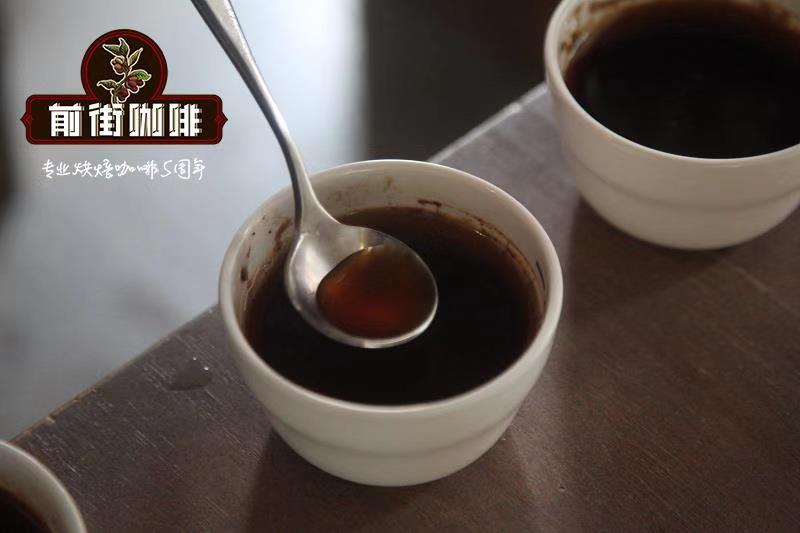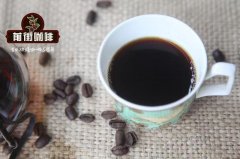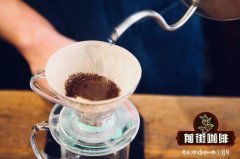African Kenyan Coffee AA grading system Kenyan Coffee producing area Flavor

Professional coffee knowledge exchange more coffee bean information please follow the coffee workshop (Wechat official account cafe_style)
Qianjie-A brief introduction to the coffee grading system and development history of Kenya
Coffee has been recorded as early as the 8th century, cafes were also popular in the 17th century, and its neighboring Ethiopia is known as the country of origin of coffee, but coffee only entered Kenya in the 19th century. it was only at the beginning of the 20th century that coffee was grown, but now Kenya has become one of the leading producers of fine coffee in the world.
Originally-coffee was grown on large estates under British colonial rule; harvested coffee beans were shipped to London for sale. The Coffee Act of 1933 was passed and the kenya Coffee Committee was established, which transferred coffee sales back to Kenya. In the early 1950s, shortly after the Mau Mau uprising in Kenya, the government passed a farm bill that allowed every family to increase farmland ownership and grow crops to increase income in addition to self-sufficiency. This is also the beginning of the transfer of coffee production from Britain to Kenya. Total income rose from £5.2 million in 1955 to £1400 in 1964; 55 per cent of that growth was due to coffee production.
Kenya is a well-known producer based on the size of coffee beans. Usually divided into nine grades, according to the bean type, there are PB, that is, round beans, accounting for about 10% of the total output, in addition to E (elephant beans), AA, AB, C, T, TT, MH, ML according to size.
AA Plus (AA+): AA grade with excellent cup quality (flavor, taste)
AA: particle size (Screen Size) 17 Murray 18 size
AB: particle size (Screen Size) 15 Murray 16, accounting for the majority of production
C: those whose particle size (Screen Size) is smaller than AB
TT: lighter beans blown by an airflow filter from AA and AB beans
T: from C-grade beans, lighter beans blown by an airflow filter
E:Elephant Bean is a large mutant bean, also known as Elephant ear.
UG: those who do not meet the above criteria
PB: round bean Peaberry, classified by appearance, independent of flavor weight
Knowledge giveaway: there are two main trading modes of coffee in Kenya: at the Nairobi Coffee Exchange (central auction system), 85% of coffee beans are traded through the auction system. Or through direct trade (often referred to as the "second window"), only 15% of coffee beans are traded through direct trade.
END
Important Notice :
前街咖啡 FrontStreet Coffee has moved to new addredd:
FrontStreet Coffee Address: 315,Donghua East Road,GuangZhou
Tel:020 38364473
- Prev

Geographical planting environment of coffee in Kenya how is the flavor and taste of African Kenyan coffee beans
Professional coffee knowledge exchange more coffee bean information please follow the coffee workshop (Wechat official account cafe_style) front street-Kenya coffee geography, representative coffee bean introduction Kenya, located in eastern Africa, the equator runs across the middle, East Africa Great Rift Valley north and south. Somalia to the east, Tanzania to the south, and Tanzania to the west.
- Next

Why Kenyan Coffee uses Water washing method to share the parameters of Kenyan hand Coffee
Professional coffee knowledge exchange more coffee bean information please follow the coffee workshop (Wechat official account cafe_style) front street-Kenya coffee treatment, hand flavor introduction Kenya is a tropical region, there are twice a year rainy season, can harvest twice, 60% concentrated in October to December, the other 40% in June to August. Coffee is mainly grown in the mountains from the capital Nairobi to Kenya above sea level 1.
Related
- Beginners will see the "Coffee pull flower" guide!
- What is the difference between ice blog purified milk and ordinary milk coffee?
- Why is the Philippines the largest producer of crops in Liberia?
- For coffee extraction, should the fine powder be retained?
- How does extracted espresso fill pressed powder? How much strength does it take to press the powder?
- How to make jasmine cold extract coffee? Is the jasmine + latte good?
- Will this little toy really make the coffee taste better? How does Lily Drip affect coffee extraction?
- Will the action of slapping the filter cup also affect coffee extraction?
- What's the difference between powder-to-water ratio and powder-to-liquid ratio?
- What is the Ethiopian local species? What does it have to do with Heirloom native species?

